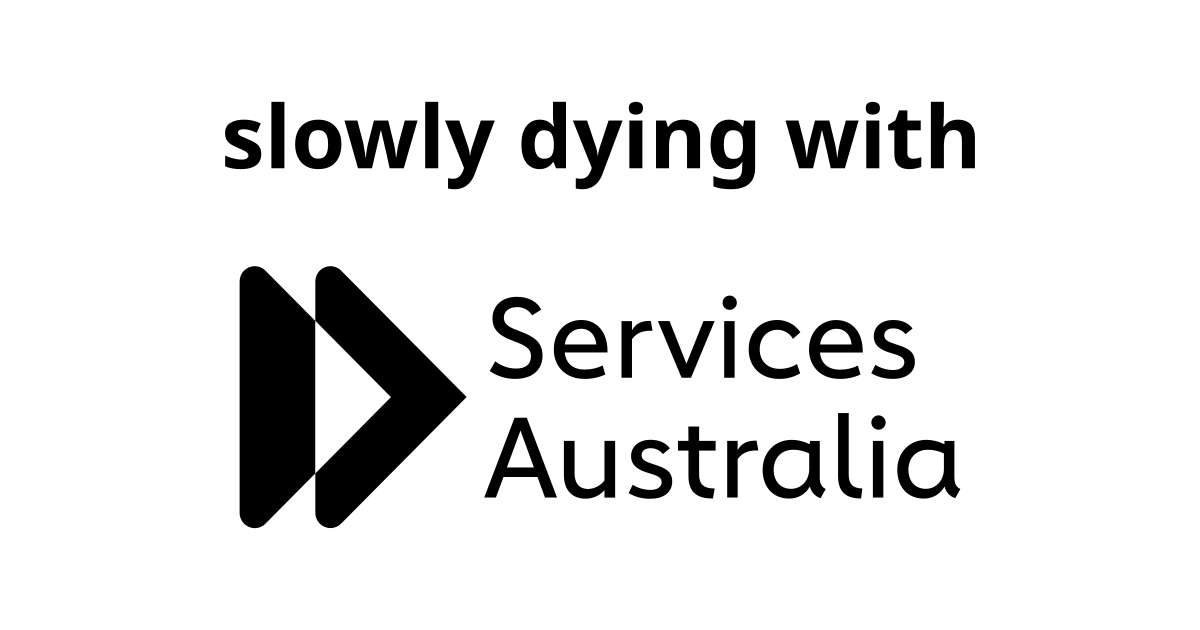Businesses want the best employees, they get the pick of the litter with every job posting open to external candidates. The best people for sales, the best for customer service, the best for human resources, the best managers. They want the most capable people, people who can buy the company line and breathlessly exude it at every opportunity. Typically, there isn’t a lot of room for people, who for a variety of reasons, cannot perform – the disabled, the neurodiverse, the gender non-conforming, the elderly, the long-term unemployed, the Blak, and people of colour. God forbid you exist in some intersection thereof.
As someone who ticks a few of these boxes, the endless rejection in a social “support” system that forces participation, known as mutual obligations, is yet another violence perpetrated against vulnerable groups.
Job Service Providers (JSPs) are meant to support people getting into paid work, making you as employable as possible, by helping with resumes, job applications, arranging traineeships, job fairs and placements. Then there’s forced work like Work for the Dole. They have tools at their disposal that include suspending payments. In fact, they’re paid for every action they take, so taking action, any action, is encouraged.
The problem with the JSP model is it treats systemic issues as personal failings. You are encouraged to go for low hanging fruit, a job anyone could get, despite it perhaps not being suitable or even sustainable, just to get out of the punishing mutual obligations and fortnightly pay at half the Henderson poverty line.
You’re already at a societal disadvantage as a trans person, where even hiring you for some positions could be seen as controversial. It does not help when there is a campaign by reactionaries concerned with your existence, trying to drive you out of public spaces, and define your existence around children as inherently sexual in nature.
Medicare doesn’t cover anything but the basic anti-androgens and hormone replacement therapy. It doesn’t cover bottom surgery in either persuasion. Top surgery and facial feminisation surgery are both treated as cosmetic surgery, and skin treatments to remove hair are also considered private costs. There is also more gatekeeping for trans people to access surgeries that cis people can simply agree with via informed consent, it is standard practice to get both a psychologist and a psychiatrist to sign off on any surgery. It costs a lot more to perform cisheteronormativity, it costs a lot more to be trans than to be cis.

Financially and in application, the welfare system in Australia is fundamentally anti-trans, blaming us for being marginalised and largely unhirable, due to factors entirely outside of our control. We struggle to pass, we struggle to even thrive, and have to volunteer to incalculable disrespect and dehumanisation just to get by on a welfare payment that you can only access by looking for work, which may not ever come.
As you might expect, this all comes at a mental health cost. It drives anxiety, financial and social. How do you expect to navigate society when by definition as someone in poverty you don’t have the resources. Even as a cis person this would be difficult, but when you consider the additional toll placed upon transgender bodies, the extra attention because we are different, the bigotry, and the self-conscious agony as you feel everyone judging you not just about what you can control, but also what you can’t. The system blames you for the poverty it enforces on you, and those extra marginalisations compound. Your anxiety, depression, your dysphoria, they make every action one of resistance to a cisheteronormative society. And it’s not something everyone can do.
Transitioning on half the Henderson poverty line, with all other of life’s necessities to pay, including rent/mortgage, bills and groceries. It’s virtually impossible. This system, cistem even if we want to have a fun play on words to underscore this violent, cruel and inhumane way of living on welfare in Australia.
This piece was initially written a few months ago and I haven’t done much except change a few words. The welfare rate has increased slightly with CPI and will increase by another $2.85 a day in September October with the recent budget. The Australian Labor Political Party is spitting in the face of the vulnerable during this cost of living crisis.

One thought on “Welfare in Australia as Conversion Therapy”